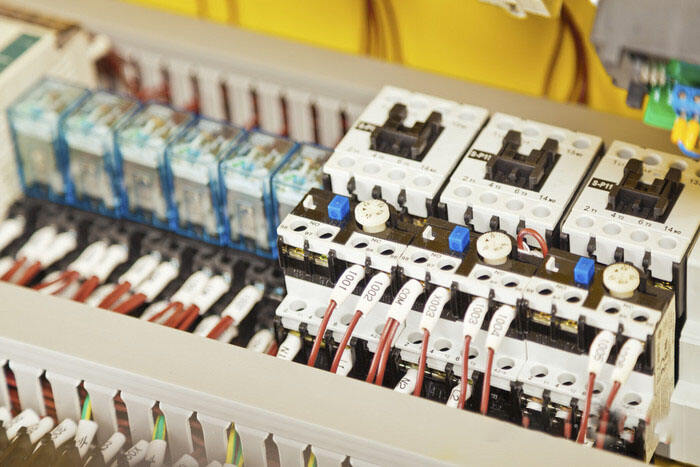Hastelloy Alloy 59 (N06059) Wire is an ultra-low carbon Ni-Cr-Mo alloy with excellent corrosion resistance and high mechanical strength. Hastelloy Alloy 59 (N06059) Wire has a wide range of corrosion resistance under oxidizing and reducing conditions; has good resistance to pitting and crevice corrosion, and is immune to chlorine-induced stress corrosion cracking; resistant to nitric acid, phosphoric acid, etc. , sulfuric acid, hydrochloric acid and sulfuric acid-hydrochloric acid mixed acid have good corrosion resistance.
Specifications |
In stock, can be customized according to customer requirements |
Form |
Plate, rod, pipe, wire |
Classification |
Hastelloy |
|
Alloy |
Ni |
Cr |
Fe |
C |
Mn |
Si |
Mo |
Co |
Al |
P |
S |
|
Hastelloy C-59 |
Balance |
22.0 |
|
0.50 |
0.20 |
|
15.0 |
0.1 |
|
|
|
|
24.0 |
1.5 |
0.010 |
0.5 |
0.01 |
16.5 |
0.3 |
0.4 |
0.015 |
0.005 |
|
Density |
Elastic Modulus |
Hardness |
Melting point |
Thermal conductivity |
Thermal expansion coefficient |
Operating Temperature |
|
8.89g/cm3 |
2005.5KN/mm2 |
90HRC |
1323-1371℃ |
11.1 W(m.k) |
(25-100℃):11.2μm/m℃ |
-200-+400℃ |
Hastelloy Alloy 59 (N06059) Wireis a Ni-Cr-Mo alloy with extremely low carbon and silicon content that does not tend to produce mesophase during thermal processing and welding. Hastelloy Alloy 59 (N06059) Wire can oxidize and reduce media used in chemical processes.
Due to its high content of Ni, Cr, and Mo,C-59has good corrosion resistance against chloride ions. In standard corrosion tests involving oxidizing environments, it has been confirmed that C-59 alloy has superior properties than other Ni-Cr-Mo alloys. Hastelloy Alloy 59 (N06059) Wire has good corrosion resistance in reducing environments. For example, the corrosion rate in 10% boiling sulfuric acid solution is about 1/3 of other Ni-Cr-Mo alloys, and it also has good corrosion resistance in hydrochloric acid environments. Very good corrosion resistance.
Hastelloy Alloy 59 (N06059) Wirehas good corrosion resistance to hydrochloric acid of any concentration below 40°C and is approved for use on pressure vessels between -196-450°C.

The manufacturing process of stainless steel and alloys involves multiple steps to transform raw materials into flat,rectangular sheets or plates made of stainless steel and alloys. Here are a few key steps for stainless steel and alloys:

Molten stainless steel and alloys are cast into large ingots or billets through a casting process.

During the hot rolling process,the thickness of the steel ingot is gradually reduced and elongated to form long strips or coils.

Annealing involves heating stainless steel and alloys to a specific temperature and then slowly cooling it.

Cold rolling is carried out through rolling mills to reduce thickness to meet customer specifications.
Wuxi Walmay Metal Co,Ltd is a comprehensive processing group of Alloy Steel、Forged Parts Fitting、Titanium Alloy、Stainless Steel、Special Welding Wireseries, and more than 800 specifications.
Our group has been engaged in the domestic and global market for more than ten years with rich steel experience and can offer professional advice for customers inapplications with different materials.
Machine cutting
Sheet cutting
plasma cutting
Dynamic waterjet cutting
sawing
Plank leveling
polishing
laser cutting
laser cutting
production cutting
Long product cutting
Bar and structural cutting
polishing
Heat treatment and annealing: Wuxi Walmay Metal can heat treat certain 400 series stainless steels.
Material Reliability Identification (PMI): Wuxi Walmay Metal can complete this testing in-house.
Ut Testing: Ultrasonic testing (UT) uses high-frequency sound energy to inspect and measure stainless steel products.
Our professional sales team answers your questions within 24 hours.
Copyright © Wuxi Walmay Steel Co.,Ltd All Rights Reserved